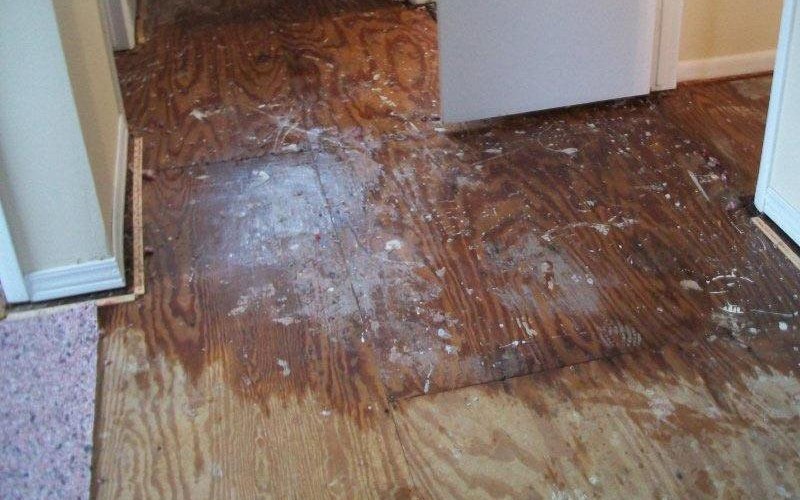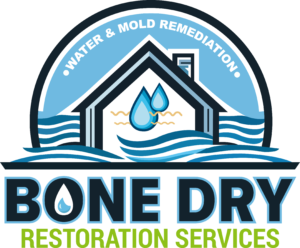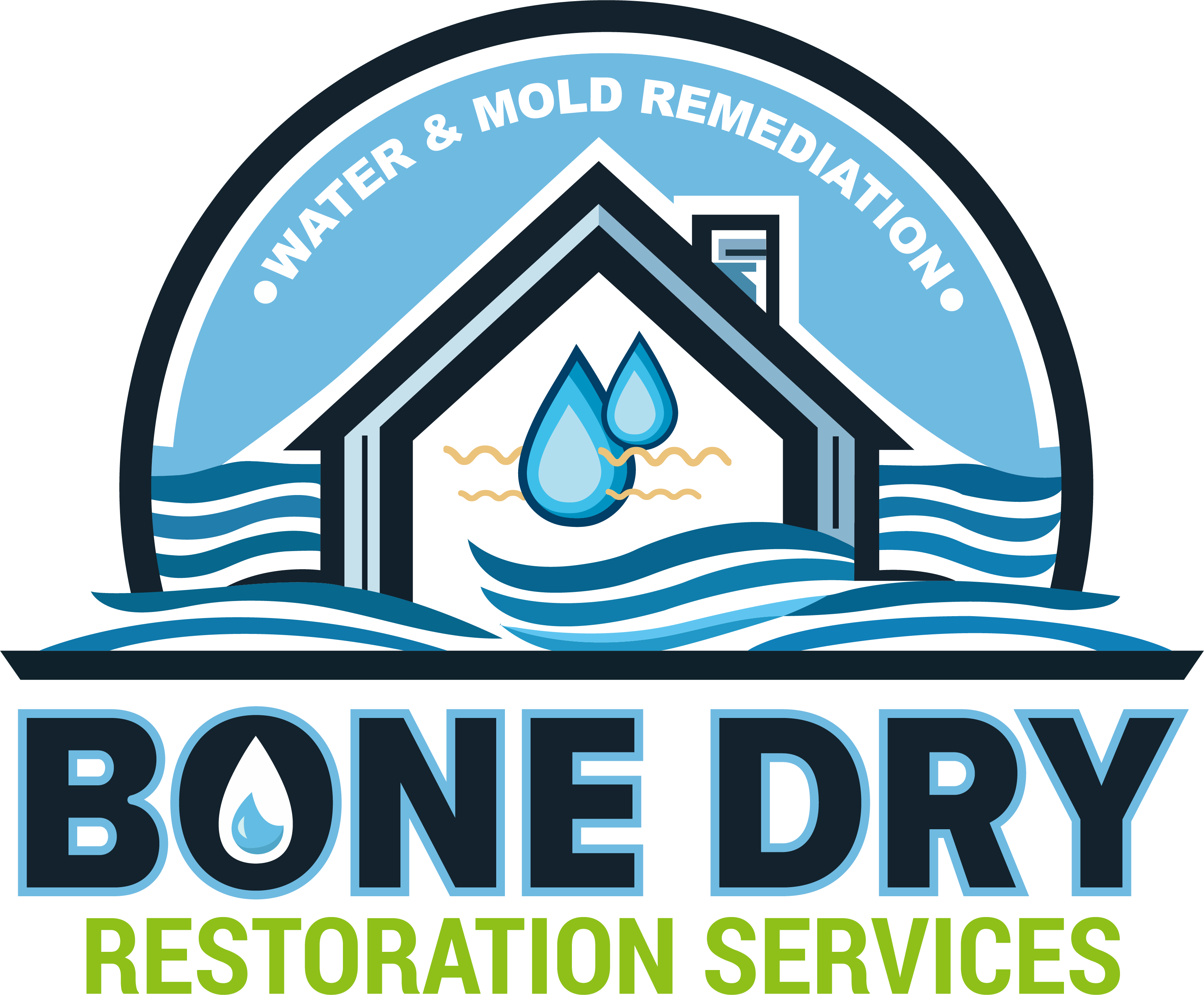
Effective Strategies to Prevent Mold Growth in Maine
Mold can be a relentless and hazardous issue in any home or business. It thrives in damp and humid environments, causing not only structural damage but also posing health risks to occupants. Preventing mold growth is crucial for maintaining a safe and healthy living space. Here are some effective strategies to keep mold at bay.
1. Control Humidity Levels
Maintaining a humidity level below 60% is vital in preventing mold growth. Use dehumidifiers in areas prone to dampness, such as basements and bathrooms. Regularly check and maintain these devices to ensure they are functioning correctly. Additionally, air conditioning units can help regulate indoor humidity, especially during the humid summer months.
2. Ensure Proper Ventilation
Good air circulation is key to preventing mold. Ensure that areas like bathrooms, kitchens, and laundry rooms are well-ventilated. Use exhaust fans to remove excess moisture and prevent it from settling on surfaces. Opening windows regularly can also help improve air circulation and reduce humidity levels.
3. Address Water Leaks Promptly
Water leaks are one of the main culprits behind mold growth. Regularly inspect your home for any signs of leaks in the roof, walls, plumbing, or foundation. Fixing these issues promptly can prevent water from accumulating and creating a favorable environment for mold. Don’t forget to check and clean gutters and downspouts to ensure water is directed away from your home.

4. Use Mold-Resistant Products
When renovating or building, consider using mold-resistant products, such as mold-resistant drywall or paint. These products are designed to withstand moisture better than their conventional counterparts, reducing the likelihood of mold growth.
5. Keep Surfaces Clean and Dry
Regular cleaning and drying of surfaces prone to moisture buildup can significantly reduce the risk of mold. Use mold-killing products to clean bathrooms, kitchens, and other damp areas. After cleaning, ensure these areas are thoroughly dried to prevent mold from taking hold.
6. Monitor Indoor Plants
Indoor plants can contribute to mold growth if not managed properly. Overwatering plants can create a damp environment conducive to mold. Use well-draining pots and ensure that the soil does not remain excessively wet. Regularly check for mold growth in the soil and on the plants themselves.
7. Utilize Mold Inhibitors
Adding mold inhibitors to paint or cleaning products can help prevent mold growth in vulnerable areas. These inhibitors are designed to disrupt the mold’s ability to grow and spread, providing an extra layer of protection for your home.
8. Dry Out Wet Areas Immediately
Mold can begin to grow within 24-48 hours in damp conditions. Dry any wet areas immediately, such as after spills, leaks, or flooding. Use fans and dehumidifiers to expedite the drying process and ensure all moisture is removed.
Conclusion
Preventing mold growth requires a proactive approach and regular maintenance. By controlling humidity levels, ensuring proper ventilation, addressing water leaks promptly, using mold-resistant products, keeping surfaces clean and dry, monitoring indoor plants, utilizing mold inhibitors, and drying wet areas immediately, you can significantly reduce the risk of mold in your home. Implementing these strategies will not only protect your property but also contribute to a healthier living environment for you and your loved ones.
If you need help with your mold problem in Southern Maine, we can help! Give us a call at 207-600-2436.

